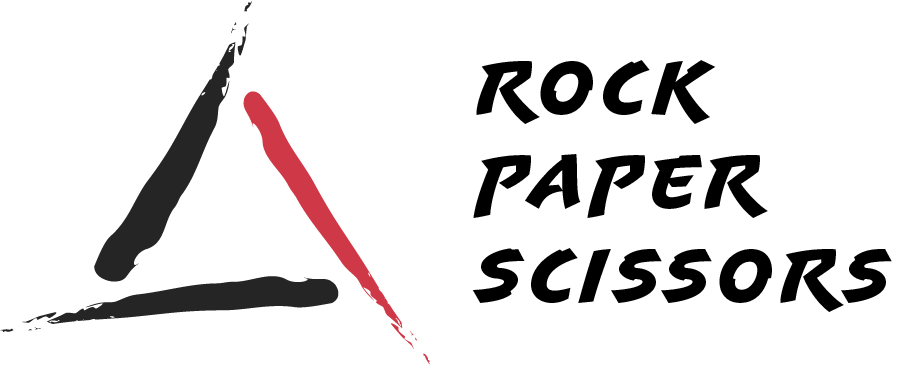“User stories helps the development team understand the specific feature and requirement that needs to be done.”
User stories are a short and simple description of a feature told from the perspective of anyone that is involved in the project; user, stakeholder, project owner, customer, and the development team. User stories are part of an agile approach that helps shift the focus from writing the improvement wanted to talk about them. Agile user stories include a written sentence or two and, a discussion about the desired functionality.
Basic Concept of User Story
To ease the creation of user stories, follow this simple template:
“As a (type of user), I want (some goal) so that (some reason).”
User stories are often written on index cards or sticky notes that are arranged to facilitate planning and discussion. Through all the user story written and shared, the team can create a more in-depth discussion that is also targeted. By having a discussion, the focus shift from writing about features to a conversation. Discussions/conversations are way more important than the user story that is written.
Why do We Want To Split a Story Into Tasks
1. Help the Team Identify Their To-Do List for Each User Stories
Splitting the story into task help the team to understand what needed to be done. The action will also enable everyone to split the user stories into smaller pieces of independent work to fulfil the sprint goals. Having user stories might result as an extra cost, but it can also represent a benefit for long-term goals.
2.Multiple Developers Can Work On The Same Story
Scrum needs everyone to work and focus on top priorities, and we want to finish it fast so that we can continue on the next step. With everyone understands the task given, and able to identify the independent job, splitting can be done together. The separate task allows everyone in the developing team to work in parallel so that it will be finished as fast as possible.
3.Allows Us To Measure Progress
Developers are able to pick up tasks and sort them from “not started” to “in progress” and finally “done” stage. By knowing the progress of every user stories, it enables you and your team to analyze the top priorities and act accordingly.
Usual Issues With Writing Task
1.Task That Were Not Independent & Specific
Having a task that is not independent will slow the progress of the Sprint. A dependent job will limit the workflow of other developers due to they can’t work together on the same story. Having a task that doesn’t tell you what to do functionally will also be a drag to the project. Tasks need to be readable and understandable for everyone involved.
2.Tasks Were Not Testable
Because tasks do not say functionally what to do, it is impossible to test it. That means that you need to wait until the full story was complete to start noticing the issues because there is no standard on the story.
3.Tasks That Were Too Small
Don't create tasks for the sake of building tasks. It is better to have a precise and targeted task rather than taking care of a small and untargeted task.
How To Create Better User Story
Write a functional task. Imagine the story, and write the functional task to fulfil the objective such as:
The Story: A new customer can sign up for the website so that he/she can access it in the future
The functional task could be :
- Collect personal info (name, email address, password)
- Validate email and password
- Create the account
The functional task helps you not to forget anything and don't do too much. With detail task given, measuring progress is possible. Functional task will also allow the tasks to be independent and understandable for everyone to increase workflow. Tasks are also testable so that issues and bugs can be fixed.
Conclusion
Having user stories are still very important because this is the foundation of what we are working on during the Sprint. User stories create a room for discussion. When investigating or discussing, developers could find a better way to do something or use this opportunity for refinement. Again, it is much easier for the developer team, product owner, stakeholders, and customer to understand what's going on during the Sprint.
Rock Paper Scissors is the missing link between business and technical world. We translates business language into technical, and technical limitation into business constraints. We guide organization and individuals alike to create their own digital product and navigates all the complexity of product creation process. Find out more.
References:
http://agilebutpragmatic.blogspot.com/2012/04/splitting-story-into-tasks-how-to-write.html
